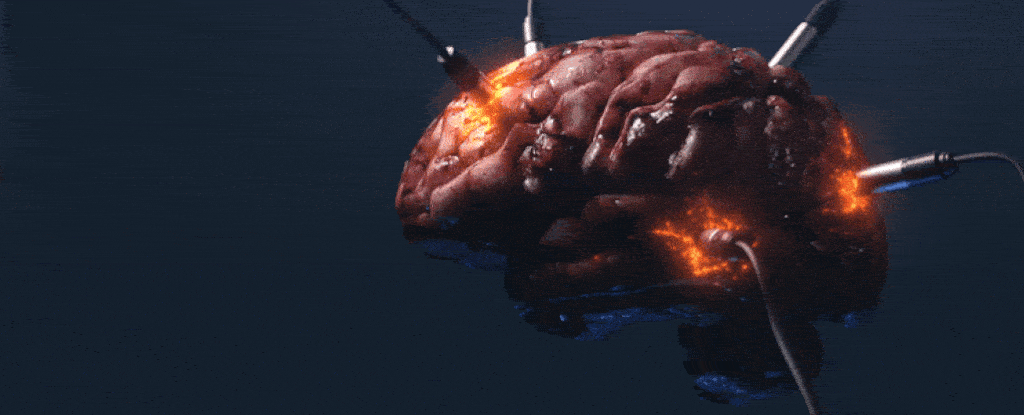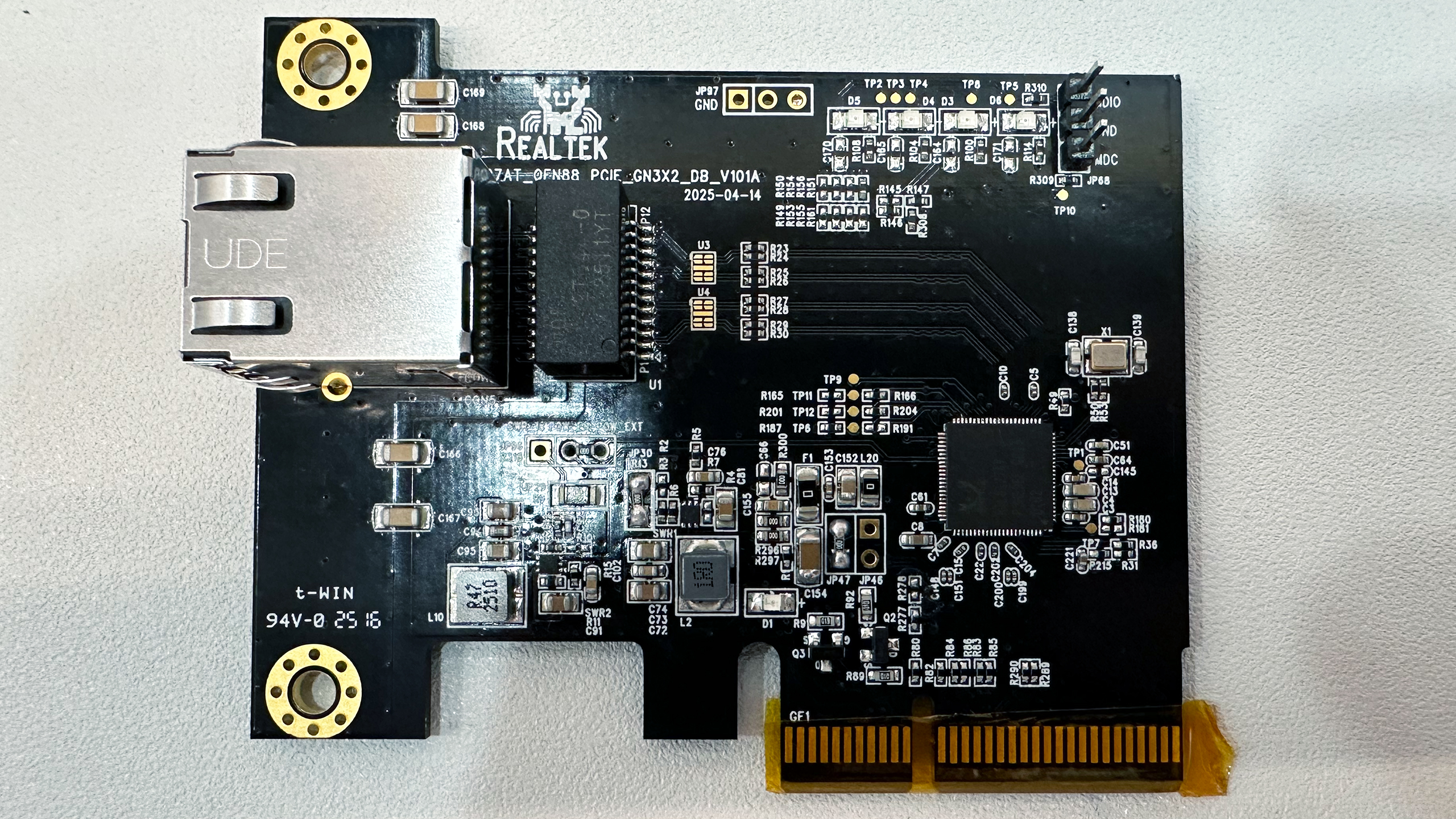YouTube's Latest Update Shows That Online Monoculture Is Dead
-
I followed the link of a video here on Lemmy just a few minutes ago and it opened in the browser.
Nothing shocking up to this point.
Then I get a prompt from the video saying "Ready to buy products advertised in the video? Log into the official app in order to."
Direct purchase through the YT app is a novelty for me.
Newpipe all the way.
I recommend Tubular. Newpipe with Sponsorblock. Didn't realise how much of a game changer that would be until I tried it.
Just need to find a way to stop Eternity from opening Youtube links in the browser. Sure you can share it with the app but it would be a lot more convenient.
-
I block content I’m not interested in and it goes away.
I agree with this idea, but unfortunately YT and other engagement social media sites don't want that to happen. For me, I'm almost never shown videos I hate, but when I say "not interested/don't show me this channel" it USUALLY works. Not at the time though. I've definitely gotten channels recommended to me that I already said I don't want to see.
This is especially true for my mom, who is frequently getting upset by the fact that YT keeps showing her Fox News and Asmongold clips in her recommendations. I think changing the VPN to Canada helped to reduce the Fox News recommendations, but the Asmongold clips can't be escaped.
That’s so interesting re your mother. I wonder if her beliefs closely align to fox and asmongold (never heard of that one), but are different enough for her to not be interested in that content. Ie: ven diagram between the belief systems, except the differences are big enough for her to not to like fox content but for the algorithm the commonalities are good enough to keep suggesting the content.
-
Any iOS alternatives? The ad experience is not great.
I don't use iOS any more, but I found that a combination of Safari + adblocker + Vinegar was the golden setup. No ads, and you get to use the default iOS video player.
-
Fair question, I don’t really watch that stuff. I’ve been watching channels like king k and Liam triforce etc. I also dabble in channels like Not Just Bikes. So nothing super political. I also follow a channel that dives into Math topics, etc.
NJB is the shit.
I will never, never visit Fake London.
-
taking a guess but I already saw some other comments on another thread mention this: The chart boys in any corps will see Engagement == Profit. Thus they will tune their recommendations solely for that. And if you aren't bothered about properly policing your video upload platform the end result is highly divisive content thats "not boring".
Divisive content makes people angry so they engage in comments.
i used to be on reddit. And I used to get into "debates" that devolved into a slap fight and make me angry about the people who intentionally or unintentionally riled me up with outrageous (real or my own perception) opinions.
While lemmy also has slap fights, I feel like the lack of an "algorithm" tuned for engagement prevents continuous fueling of the fire, metaphorically speaking.
There's a lot to be said for stepping back from online debates and asking whether your voice is actually valuable, or whether you're just yelling into the void and getting yourself all pissy.
For me, I try to take the view that there's already enough negativity, so I try to be as positive as I can in my online interactions. If someone gets needlessly arsey with me, I'll try to sympathise with them. If they don't react well to that, I'll leave the thread. I'm not changing anyone's mind, not even yours.
-
It became downright personal for me. Its about accessibility.
My brain works a certain non typical way which is challenging to live with at best.
Sudden advertisements hits me like a physical punch in my face.
The ui focus on everything new rather then a nice subscription view with filters meant i who does not watch daily would frequently miss new uploads from the channels i do like.
I felt like i was in a toxic relationship being pushed to watch on their terms while openly hating that i protect myself from ad-sault by using blockers.
I realize i did not need things to be this way and am smart enough to build and alternative.
Now i have a yt-dlp script downloaded the latest uploads from chosen channels straight to jellyfin and also a selfhosted invidious with custom tweaks for everything i dont want to spend storage space on.
Basicly i take 100% of what i liked and never have to visit the website directly again.
They are waging war on invidious, it breaks on occasion. Yt-dlp though, stable as a rock.
I do the same with yt-dlp, though mine is still a little more manual. I have my subscriptions in FreeTube, which I use to select what I want to watch. Copy the link, run my script, then trundle to the lounge where I can watch them on my big TV.
There's a mindfulness to that process that's helpful to me. A conscious decision, as opposed to mindlessly absorbing content.
-
Its nuts to me that we figured out their strategy like 10 years ago and people just chose to ignore that information and kept using all these platforms anyway.
10 years ago? saw that shit begin when the news feed was first plagued by friends liking posts in a way that auto shared it with everyone. that was long before 2015.
-
I think Jacob Geller and wendigoon are on nebula and they don't make political content. I'm sure there are others
Patrick H Willems, particularly his 'Star Wars Christmas Special', is the reason I signed up to Nebula. He's decidedly non-political.
-
That’s so interesting re your mother. I wonder if her beliefs closely align to fox and asmongold (never heard of that one), but are different enough for her to not be interested in that content. Ie: ven diagram between the belief systems, except the differences are big enough for her to not to like fox content but for the algorithm the commonalities are good enough to keep suggesting the content.
No, she absolutely hates right-wing content and is definitely left. Asmongold is a grifter piece of shit human being who attracts alt-right viewers. It's not about her not being interested, she quite literally gets upset at the awful ideas and hate that those channels spread and doesn't want to see them. She never watches their videos on purpose, she's only ever clicked on them by accident, she always either clicks away immediately or dislikes the video, and never comments on them. She has repeatedly tried to block those channels. YT continues to show them.
-
NJB is the shit.
I will never, never visit Fake London.
Haha fake London looks terrible!
-
The trending page of YT is like the r/all of Reddit. If I want to see some stuff I couldn't care less about, that's where I'll find it. I have no idea who actually uses that, but I've never found anything of value there.
At least Reddit's front page features some news sometimes while YT front page caters to 3-6 yr olds who are YT's main demographic. It's all AI junk clickbait brainrot and shorts content.
I could never click on any YT's front page links. It's not appealing to me not even in my drunkiest state -
This post did not contain any content.
People use the youtube app?
-
Online monoculture died when the normies finally got online and brought real life cliques to the internet.
When was this?
Asking as someone who’s been on the Internet since 1989.
-
When was this?
Asking as someone who’s been on the Internet since 1989.
15-20 years or so ago. Whenever smartphones became the dominant communications tool, and pretty much everyone had access to the internet from their pocket square.
Been online since '93 myself at pretty much the dawn of the World Wide Web.
-
I recommend Tubular. Newpipe with Sponsorblock. Didn't realise how much of a game changer that would be until I tried it.
Just need to find a way to stop Eternity from opening Youtube links in the browser. Sure you can share it with the app but it would be a lot more convenient.
Tried newpipe when I migrated from reddit. It worked 50% of thw time. Any better now?
-
15-20 years or so ago. Whenever smartphones became the dominant communications tool, and pretty much everyone had access to the internet from their pocket square.
Been online since '93 myself at pretty much the dawn of the World Wide Web.
I remember cliques and a lack of online monoculture on Usenet and IRC before the World Wide Web even existed; the web exploded things even further, as did the privatization of DNS and takeover of funding by VCs and ad conglomerates. All that had happened by 1998.
-
Any iOS alternatives? The ad experience is not great.
AltStore + YTLitePlus
-
This post did not contain any content.
Really? It feels like theres a lot less diversity of thought on the internet now. I used to be able to jump on stumbleupon and find a website about psilocybin, or someone's insane ramblings about the new world order. Now its all just crap. Used to be the world was too far away, used to be the stars didn't have much to say.
-
People use the youtube app?
Yeah people use all sorts of stuff that you don't. Wild, isn't it?
-
Nebula has certainly improved but I still think they need to put more effort into getting new creators that aren't political or news. I just did a skim through their uploads lists for various topics and news and/or political (or political ish) content is still the most active. Topics like technology and gaming see far less uploads.
i’ve got a yt channel i woulda loved to get on nebula, but it’s some kinda invite only system and i didn’t get an invite.
i’m super over yt and the $130 a month i get from them…. $130(ish) for a 50 hour a week job.






